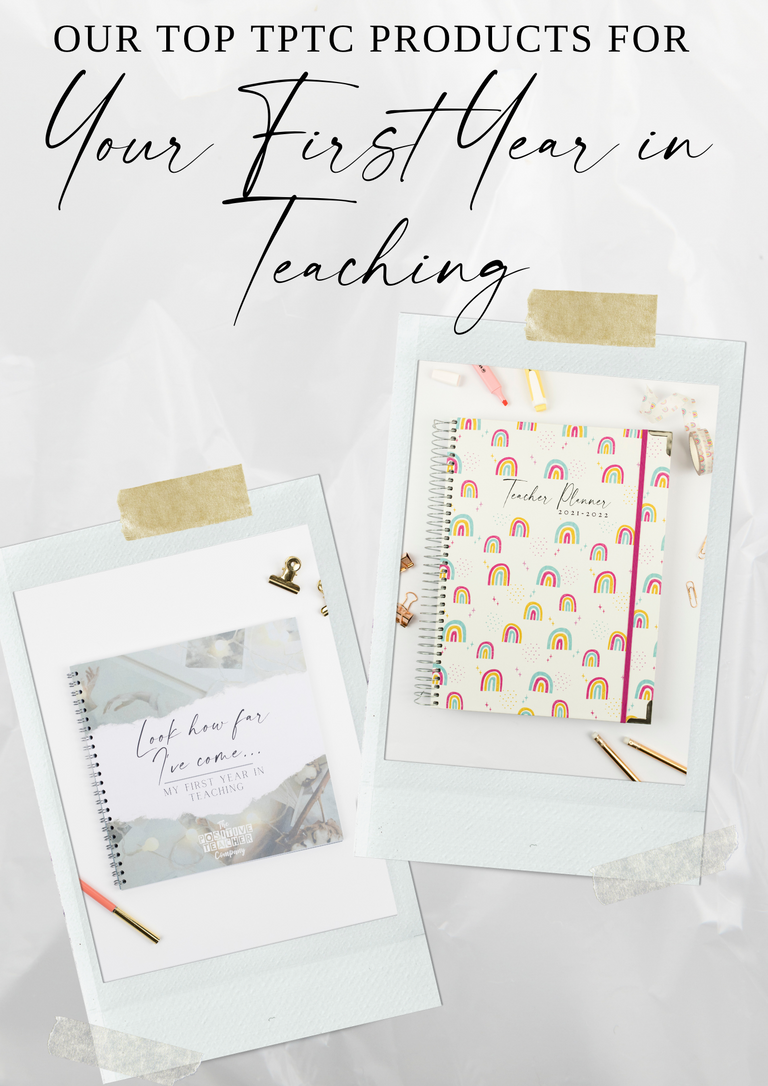Planning is a school trip can be really exciting – we’ve even dedicated a page to commemorating it in our Reflective Journal for teachers! But whether it’s your first trip or your 50th trip, it can be stressful and there’s a lot of pressure to get it right. It takes a lot of planning and preparation to organise a trip for even a small group of children, and you’ll be doing it around your usual workload. With all the paperwork, funding or parent payments, and the anticipation from the children, there’s a lot to manage and a lot to live up to. We’ve put together a few tips to help you plan a successful school trip that will run smoothly on the day!
#1 - Get someone else to do it for you!
We recently learned about a company called EIL Travel, who organise school trips for you! They can cut down the admin of organising school trips by up to 60%, at no extra cost. It sounded too good to be true, so we had a chat with the founder, Mike, who explained that they have companies they partner with to provide the trips. They’ll organise your travel options and will even manage parent payments for you with their online booking system. They’ll also often provide you with packs, as they partner with companies who regularly host schools for school trips, so they often have info and activities ready to go. Want to see what this really looks like? Take a look at this case study of a real school trip!
#2 - Write an itinerary
We suggest you make a thorough itinerary for the whole day, even for things that don’t need to be done at fixed times. Walking through the day like this will really help you to imagine how the day will go and anything that might be an issue. Planning an itinerary will prompt you to think about things like how long it will take to walk between various activities, and figure out where you’ll be at lunchtime so you can plan a convenient place to stop and eat. Having an itinerary will also help to keep you on track for the day, so you know you’ll have plenty of time for the activities and you (hopefully!) won’t need to do a mad rush to make it back to school in time for pickup.
#3 - Sort out your groups
Our Teacher Planner has dedicated groups pages, which are perfect for organising school trips. Sort all of the children into groups and assign each group an adult who can lead it, whether that’s a teacher or a parent. Think carefully about who you’re placing together and which adult will be in charge, as there are lots of different dynamics to take into account. Then make sure each group’s lead adult has a copy of your itinerary and is sticking to it! If everyone has a copy, then it’ll help you all to be on the same page throughout the day.
#4 - Do a site visit
We highly recommend doing a site visit when planning your trip, even if you’ve personally been there before. Visiting a place with your teacher hat on is very different to visiting as a guest, as you’ll be thinking about the children’s needs, access to toilets, how much walking is involved, and the best place to stop for lunch. It’s also a good opportunity to talk to the staff in person about how your school trip will work and if they have any recommendations.
#5 - Communicate with your venue
Set up a line of communication with the venue staff early – you’re not alone, many venues regularly host school trips and have very helpful staff! Some places will already have a school trip risk assessment in place that you can use and adapt, which will save you a lot of time as you won’t need to write yours from scratch. And don’t be afraid to ask questions! We know it might feel awkward to feel like you’re just asking question after question, but being thorough (even if you feel like you’re being annoying!) is better than potentially missing a crucial bit of information that leaves you in the lurch on school trip day with a group of children to manage. Make sure you’ve got all the info you need!
#6 – Packed lunches
A simple tip but one that can make a big difference: if your students are bringing a packed lunch, ask them to bring it in a paper bag or a disposable bag. This means that when they’ve finished their lunch, all of the rubbish can just go straight in the bin, and they don’t have to carry around bulky lunchboxes for the rest of the day. This can be really helpful if you’re going somewhere with a lot of walking involved, or if you’re doing something very active in the afternoon. Children can often start to feel very tired and drained in the second half of the day as it’s busy and a real change to their normal day, so carrying one less item can really help!
When the trip is over and you’re finally home, our top tip is to sit on the sofa with a cup of tea and just take a really deep breath. You did it! Jot down some fond memories from the day, like something the children found really exciting or something that made everyone laugh. It can be a lot of stress, but hopefully you can look back and see how great it was in the end. We’d love to know your top tips for planning a school trip!
(This is a sponsored blog post for EIL Travel)



